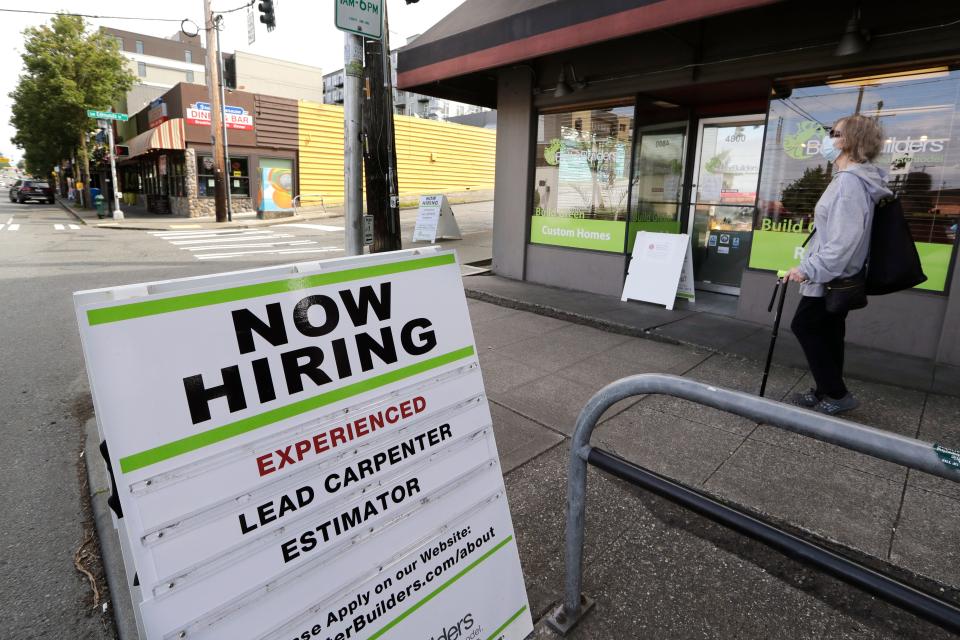Household incomes grew more slowly in a majority of states under Trump – even before COVID-19

Even before the U.S. economy was slammed by a pandemic, the typical American household’s income grew at a slower pace in more than half of the states under Donald Trump than in the years leading up to his presidency, according to a new Capital & Main analysis of U.S. Census data.
Those states include several key battlegrounds, undercutting one of Trump’s central campaign themes: that before COVID-19 his actions led to an economy he has described as "the best it has ever been.”
Pennsylvania saw its typical household’s income growth slow from 6.2% in Obama’s last three years to 4.7% in Trump’s first three years, while median household income growth in Wisconsin declined from 7.1% to 6%.
In New Hampshire typical household income growth slowed from 7.2% between 2013 and 2016 to 3.1% from 2016 to 2019, while in Iowa it slowed from 4.5% to 3%.
Related: 5 richest metro areas in America
Nationally, median family income growth in Trump’s first three years was almost identical to the rate of growth in the three years prior to his presidency, according to one of the two main Census surveys. A second Census survey shows that median household income growth actually slowed in Trump’s first three years to 2.1% annually compared with 2.6% annually during Obama’s last three years.

Defenders of the president point to other indicators such as family income, which does not include households with single people and unrelated people living together. Family income, they point out, grew faster in Trump’s first three years than in the years before he took office.
Measured by median household income, however, 26 states saw slower growth under Trump even before the pandemic – including in half of the 2020 battleground states identified by The Cook Political Report, a nonpartisan newsletter that analyzes campaigns and elections. They include Georgia, North Carolina and Ohio, along with Iowa, New Hampshire, Pennsylvania and Wisconsin. In addition, two states with battleground districts, Maine and Nebraska, saw median household income growth slow in real terms.
In the hotly contested 2016 race between Trump and Hillary Clinton, sixteen of the 26 states where household income growth slowed in the ensuing years supported Trump. Seven of those 16 are considered battlegrounds in the current presidential race.
The slowing income growth in most states during the Trump years came despite the fact that the president inherited a strong economy, unlike his predecessor, who took office during the worst downturn since the Great Depression.
“Obama was carrying us out of a very deep and long recession, and Trump inherited that. If anything, it's notable that real income didn't rise any faster under Trump than it did under Obama, despite the stimulus that his tax cuts were supposed to provide,” said Nari Rhee, director of the retirement security program at the University of California, Berkeley’s Center for Labor Research and Education.

The analysis of the latest American Community Survey data by Capital & Main, a nonprofit news organization, was conducted in conjunction with the UC Berkeley Labor Center. It compares two periods of economic expansion: Obama’s last three years in office (2014 to 2016) to the first three years of the Trump presidency (2017 to 2019). In each case, the income reported in the prior years (2013 and 2016) allows growth to be measured over the subsequent years.

 Yahoo Autos
Yahoo Autos 